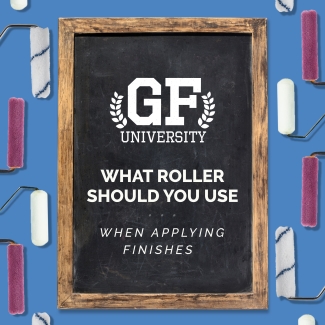Euro Finishes
Euro Finishes
13, 25 King's Haugh
Edinburgh
EH16 5UY
United Kingdom

Wood Turner's Finish is a water-oil urethane hybrid for use on wood turnings, bowls and other lathe-turned projects, now made with more than 50% RENEWABLE RESOURCES formulated from sustainable materials that decrease the carbon footprint.
Euro Finishes
13, 25 King's Haugh
Edinburgh
EH16 5UY
United Kingdom
Satin Finishing Wax is a special blend of waxes designed to give finished woods a rich luster. It can be used as a polish for rubbing out new finishes or as a scratch-remover for worn surfaces. It works well over oil and water-based finishes, including Danish Oil.
Wood Bowl Finish is a durable oil-and-urethane oil-based finish designed for decorative wooden bowls and turnings. For countertops actively used for chopping and cutting, use Butcher Block Oil instead.

Walter Ambrose sure is talented.
Coatings are tested and rated on adhesion not bonding. Bonding applies to adhesives. There is
The difference between adhesion and cohesion, is that adhesion refers to the clinging of unlike molecules and cohesion refers to the clinging of like molecules. Adhesion is the mutual attraction between unlike molecules that causes them to cling to one another. Wet adhesion is sticking when moisture is in the environment.
The hardness properties of a wood finish are formulated around the objectives of use. A hard finish is desirable on projects that get heavy wear such as kitchen cabinets or table tops.
But in other situations, such as an outdoor topcoat, a desired property of the finish is elongation, which allows the topcoat to expand and contract through different extremes of temperature.
A slip coat provides a very temporary barrier to apply stain over raw wood with less drag.
For example, we like to use a slip coat of mineral spirits when applying General Finishes oil-based Gel Stain to a raw wood surface to allow the stain to slice across the surface more easily. Or a slip coat of General Finishes Water-based Extender when applying our water-based wood stain.
John Mosconi of Sting King Lutherie in Akron, Ohio takes us on his journey of refinishing this mandola.
Step 1: Prep and Sealing